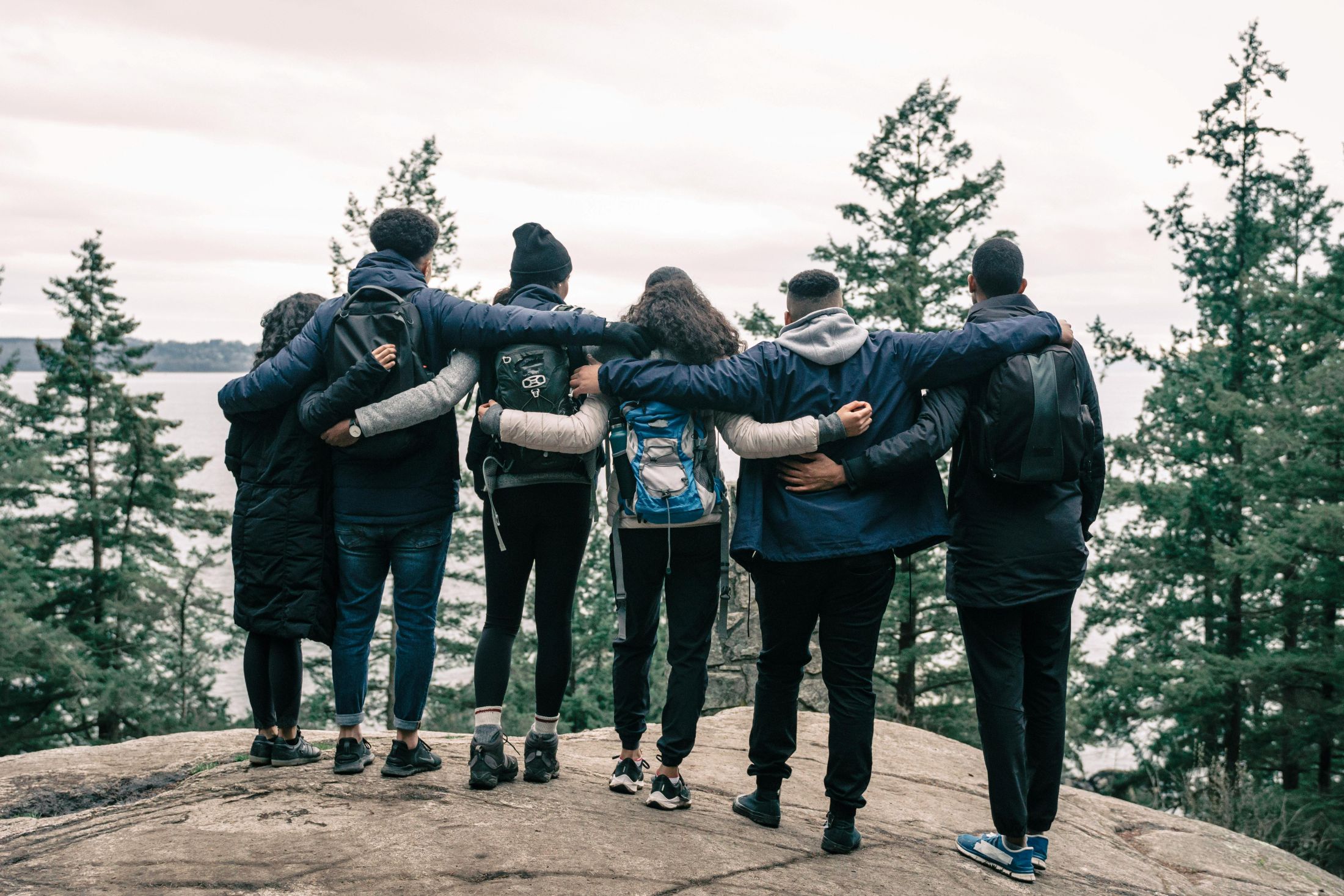The Global Big Day* is still a month away—May 10th—but if you’re celebrating the day with a group birding trip, now’s the time to start planning. While you may already have your gear and field guides ready, it may be time to brush up, or learn for the first time, how to go birding with a group. Birding with a group—whether it’s your family or a group of friends, or a mix of both—is different than birding alone. There are some factors to consider to ensure that you make the most of your trip, maximize your chances of seeing more birds, and don’t annoy the birders around you. Here are a few group birding dos and don’ts to get you started:
*For a brief overview of the Global Big Day, including how to participate wherever you are, see our post, “Global Big Day 2024: How to Prepare and Participate.”
DO Brush Up on the Code of Birding Ethics
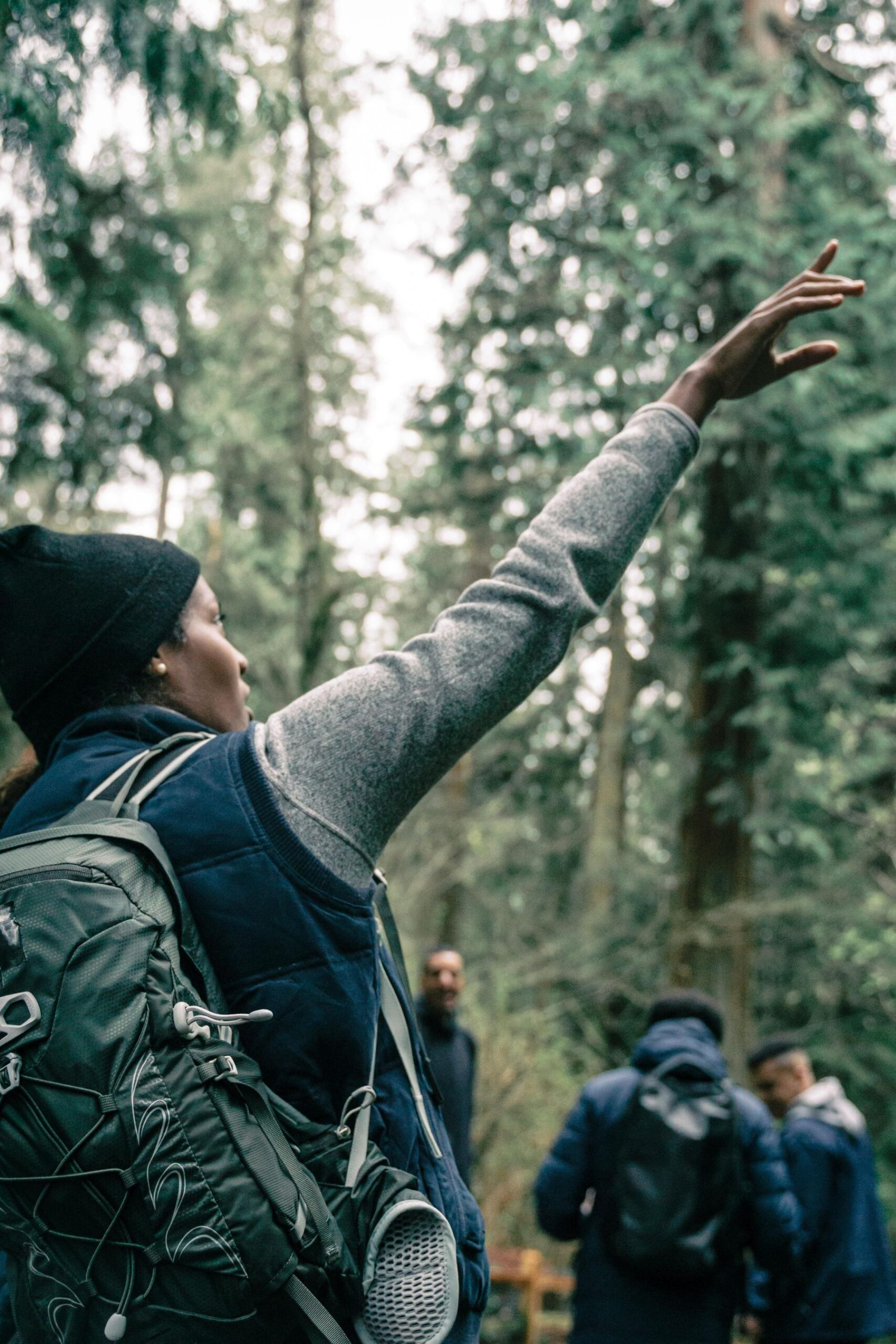
The American Birding Association has an official birding code of ethics. Its main purpose is to preserve the safety of birds and promote responsible birding behavior. If you haven’t perused the list, it might be time to brush up on it. Also, encourage all in your group to look it over before your trip. (You can find a downloadable PDF copy of the code here.) Don’t be overwhelmed if you didn’t know this code before. Most of the items on the list are common sense, and you’ve probably been following the recommendations already without knowing it.
DO Plan for Different Birding Experience Levels
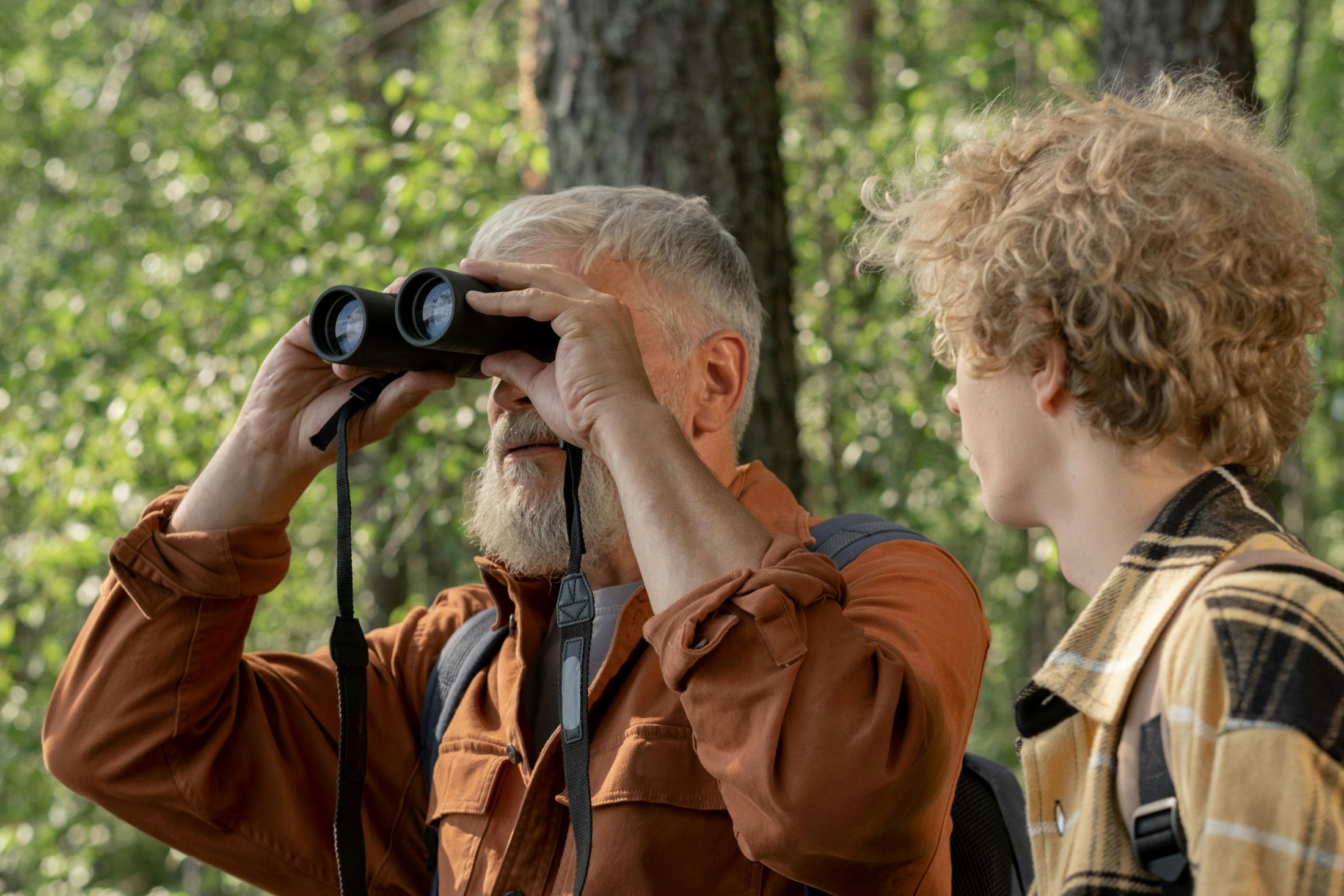
Birdwatching is for everyone. But not everyone is at the same level of experience. And in a group birding trip, there may be a mix of advanced birders and those just starting out. How do you ensure that everyone’s needs are met? Well, if you’re an avid birder, don’t you look back gratefully at those who helped you along the way? Why not pay it forward? Start now, before the trip, and offer to help beginner birders get their gear ready. On the trail, be kind if they don’t correctly identify a bird or if they inadvertently violate birding etiquette. They’ll appreciate it, and you’ll both enjoy the experience more.
DO Choose a Route Suitable for Everyone
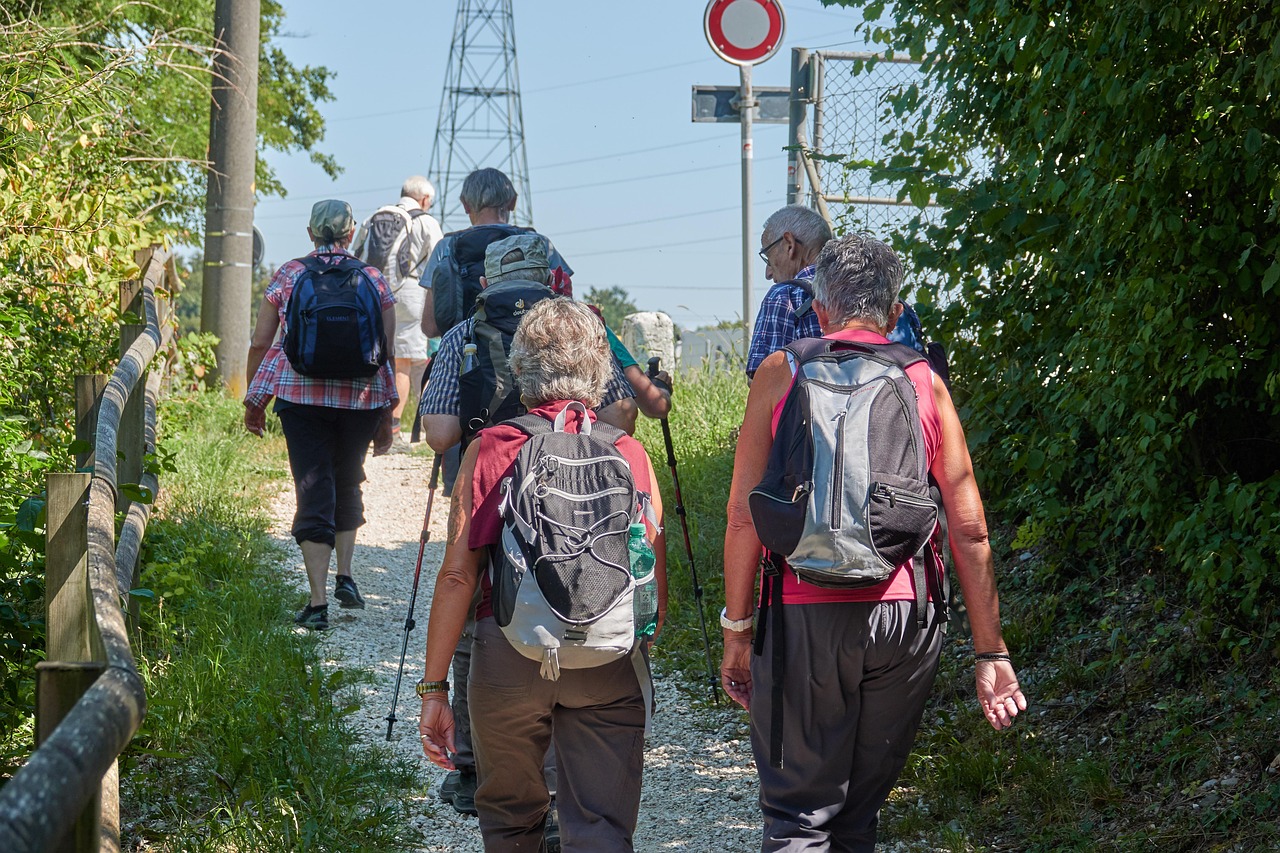 Just like any group trip, there are different people’s needs to consider along the way. For example, seniors and disabled persons may need a shorter, flatter route. Younger children may need a trail without steep drop-offs and a bathroom nearby. Some may be avid hikers, while others may not be able to walk far, so choosing the right birding spot, and how much walking is involved, is key. Communicate with each group member beforehand to manage expectations and make the trip enjoyable for all.
Just like any group trip, there are different people’s needs to consider along the way. For example, seniors and disabled persons may need a shorter, flatter route. Younger children may need a trail without steep drop-offs and a bathroom nearby. Some may be avid hikers, while others may not be able to walk far, so choosing the right birding spot, and how much walking is involved, is key. Communicate with each group member beforehand to manage expectations and make the trip enjoyable for all.
DO Designate Someone to Make a Bird List
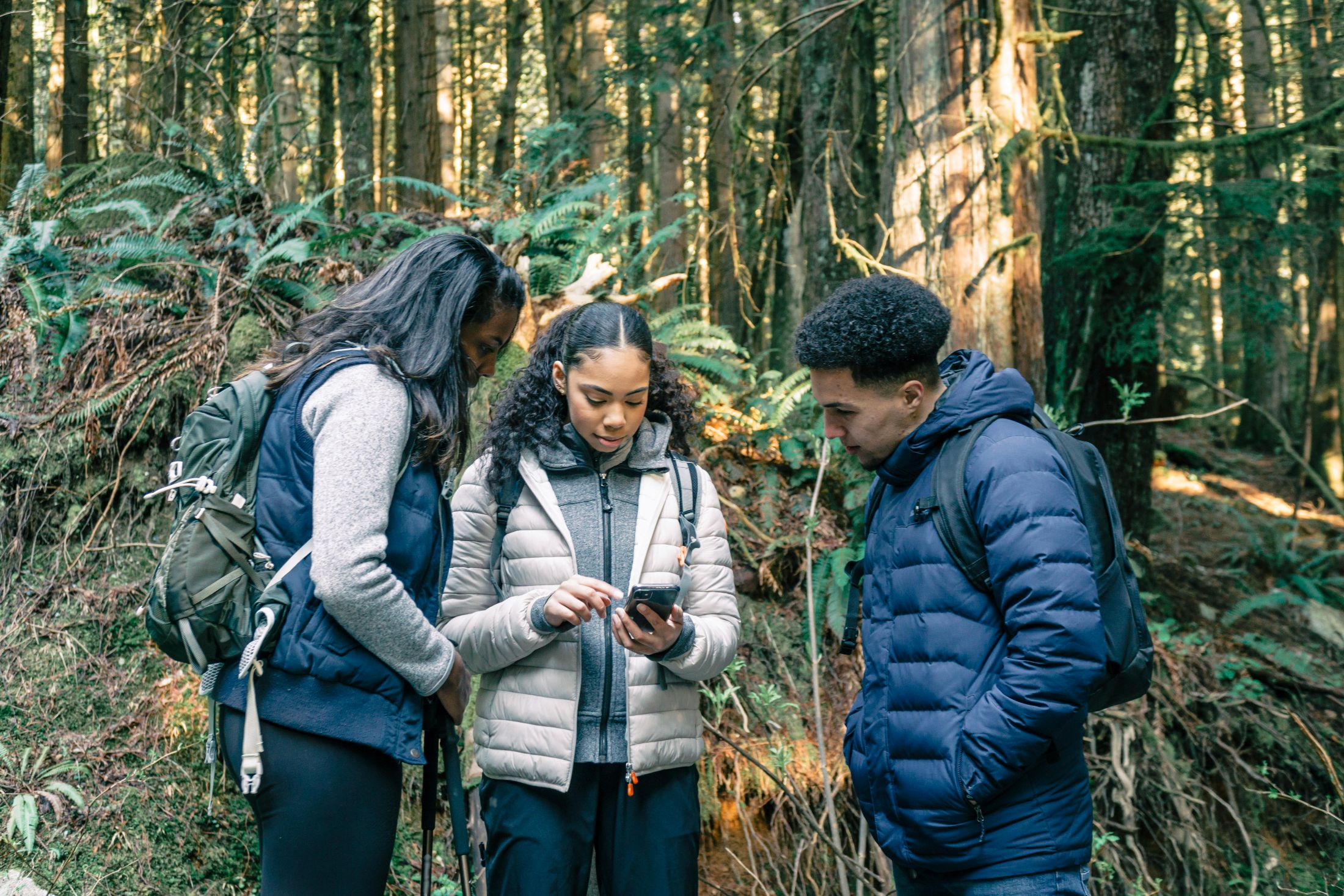
If you plan to use the eBird database to record the birds you see as a group, it’s best to designate one person to be responsible for the bird list before starting out. That way, you don’t have to comb through several bird lists to create one or finish your birding excursion only to find that no one made a list. (Of course, everyone in the group may also make their own personal birding lists too.) Remember, the data you collect will help scientists and researchers better understand birds and plan conservation efforts. The more clean the data you provide, the better equipped they are to help birds.
DON’T Hesitate to Speak Up
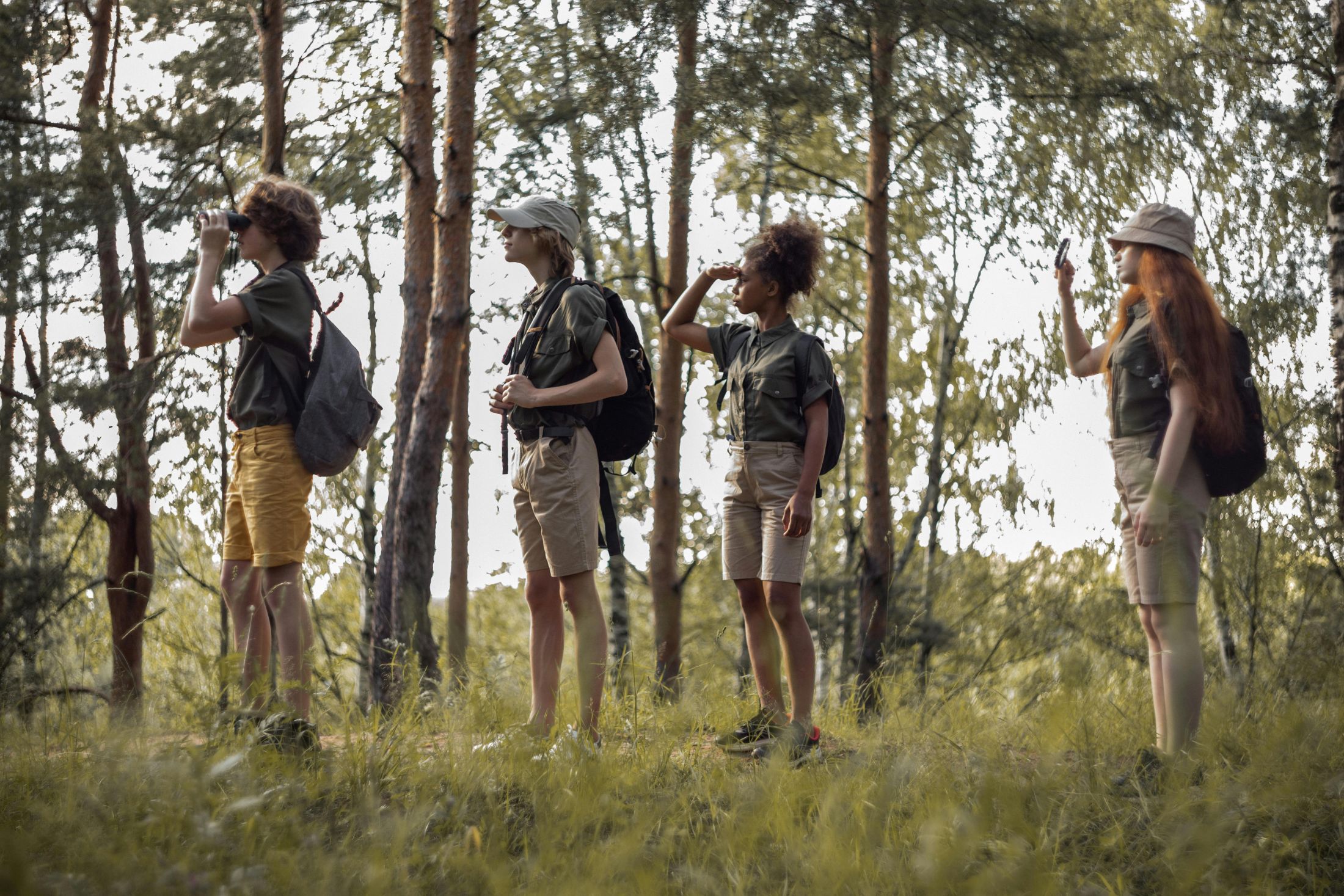
Not literally (in fact, it’s recommended that you keep your voice—and other noise—down while birding). But don’t be shy if everyone in your group sees a bird, and you don’t see it. Ask them to give you a moment, and a physical marker to look at, to find the bird. Encourage everyone in the group to say something if they don’t see what others see. Remember to share viewing points and shift positions regularly so that everyone has a chance to clearly see the birds around you. The same goes for when you see a bird first—let everyone know, even if you can’t yet identify it.
DON’T Gatekeep Your Birding Knowledge
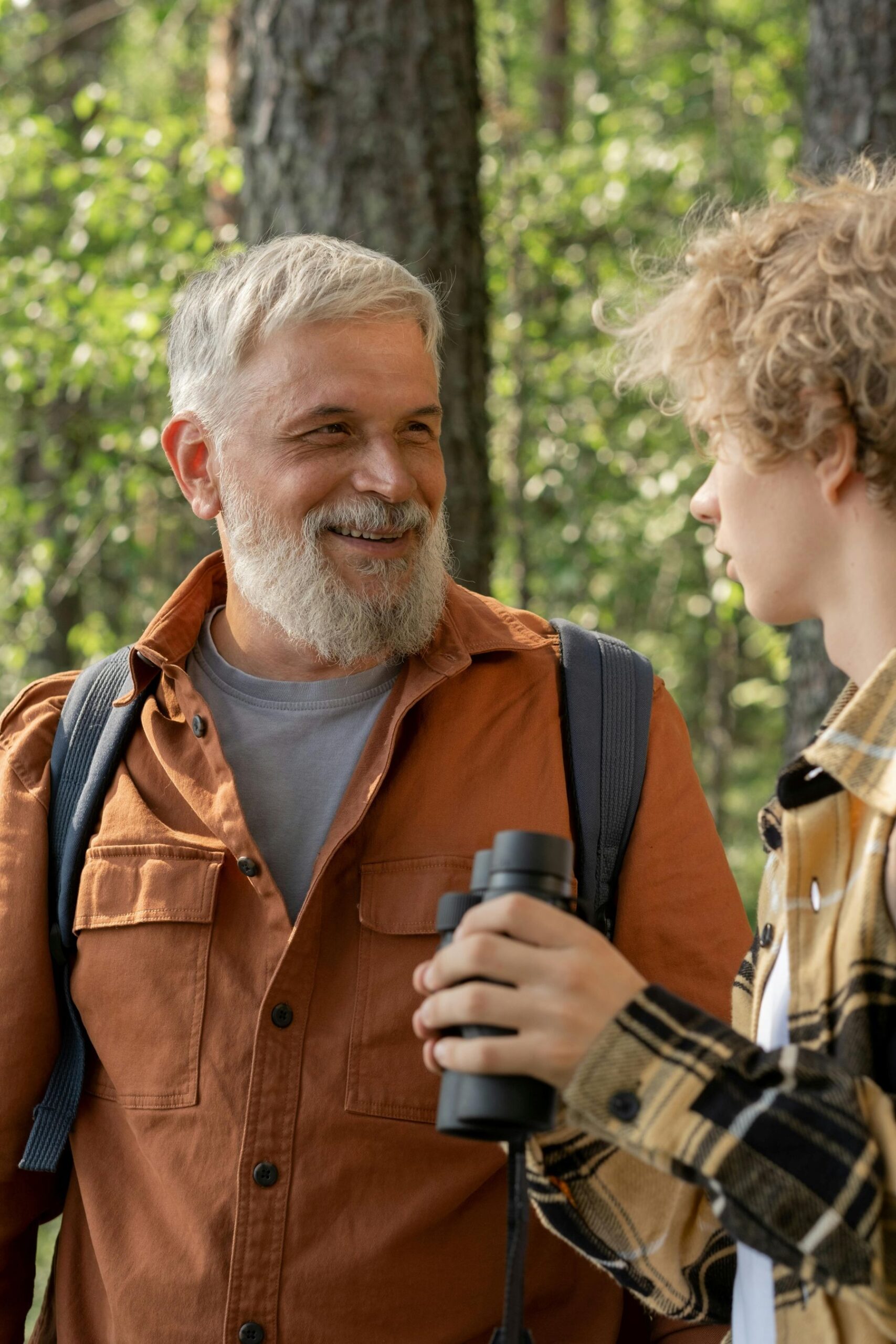
If you’ve been birdwatching for a long time, it’s easy to forget a time when you didn’t know what you know now. If you’re in this position, you have a gift to share with those less experienced. Don’t be afraid to share your knowledge with them, not in a condescending way of course, but one that shows appreciation for their wonder and willingness to learn. For example, what are your go-to field guides and outdoor gear? Where is your dream birding locale? Ask them questions too. Encourage them to share their favorite bird sightings with you, and what got them interested in birdwatching. You might learn something new too.
DON’T Be in a Rush

Don’t get so caught up in the logistics that you forget the joys of birding, including discovery and connection. Open your senses to the natural world around you, not just the birds. Enjoy connecting with others in your group, and get to know those you may not know well. Spending time out in nature is good for the soul, so try and be present and open your awareness to the wonder around you.
Got Everything for Your Birding Trip?
Stop by the Chirp store to shop all things birding, from field guides and optics to bird-friendly coffee to share with the group!

